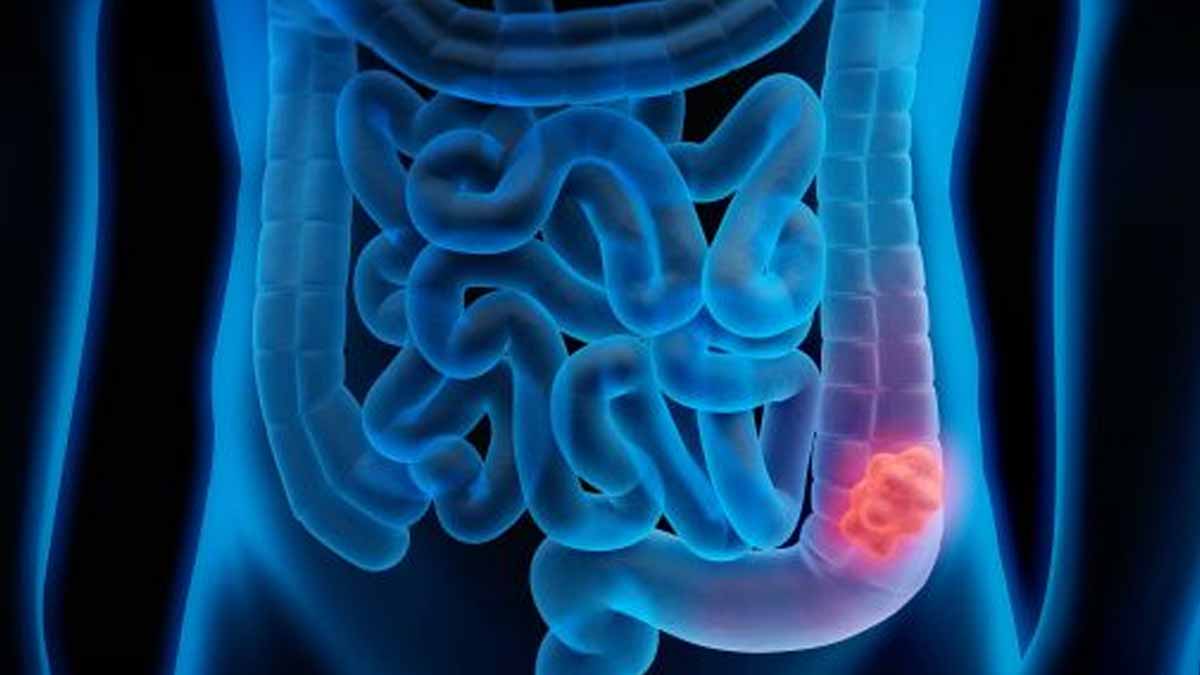A quiet shift is happening in colorectal screening, and it touches how people choose, prepare, and follow through. Fresh evidence has sharpened the debate while keeping the patient’s life at the center. The goal stays simple yet urgent: detecting cancer early enough to save lives without adding needless burden.
How a decade-long randomized trial set the stage
Spain ran the first head-to-head randomized comparison across eight regions and 15 tertiary hospitals. Researchers invited about 57,000 average-risk adults to either a single colonoscopy or biennial fecal immunochemical tests, then watched outcomes for ten years. They logged every new cancer and each related death, because mortality, not just polyp counts, is what changes families and budgets.
The design matched real health systems, so the results carry weight. Colonoscopy came with prep, sedation, time off work, and recovery needs. FIT arrived by mail, used minutes at home, and returned in a prepaid envelope. A positive FIT triggered a colonoscopy, so the two methods acted like partners, not rivals. That structure let effectiveness, not just efficacy, show through while detecting cancer remained the shared aim.
How detecting cancer stacked up over ten years
The long follow-up settled a key question. Investigators recorded 55 colorectal-cancer deaths in the colonoscopy arm and 60 in the FIT arm. That 0.02-point gap fell well inside the trial’s non-inferiority margin of 0.16, so both strategies protected people similarly. In plain terms, lives saved looked the same across time.
Participation told the other half of the story and often matters more than raw accuracy. Uptake reached 39.9% for mailed FIT kits compared with 31.8% for scheduled scopes. Earlier interim data in 2012 hinted at this pattern when colonoscopy found more benign adenomas without a mortality edge. The ten-year readout confirmed that early signal. When more people show up, programs hit harder, and real-world benefit grows.
Participation, cost, and comfort drive real-world results
Money and logistics sway choices, so planners watch both. Medicare places an at-home FIT near $24 on average, while a colonoscopy with facility fees often lands around $635 or more. That sticker gap can shape behavior for patients and payers. The scope also needs a clear-liquid diet, a strong laxative, a ride, and downtime, while FIT slips into daily life.
Side effects also differ. Cleveland Clinic notes temporary bloating as common after colonoscopy; bleeding or a bowel-wall tear is rare yet real. People weigh this risk profile against the scope’s one-and-done edge, since doctors can remove suspicious polyps during the same session. Many clinics now mail FIT kits after routine visits, and some pharmacies hand them out, which keeps detecting cancer from colliding with work or caregiving.
Who benefits, and when detecting cancer should start
Burden in the United States stays high and keeps screening urgent. For 2025, doctors expect about 107,320 new colon cancers and 46,950 rectal cancers. Mortality remains heavy too, with an estimated 52,900 deaths. Incidence in adults over fifty has slipped roughly one percent per year, likely thanks to screening and lifestyle shifts, yet rates in people under fifty have climbed 2.4% annually.
These trends shape guidance. The U.S. Preventive Services Task Force advises beginning at forty-five and continuing through seventy-five. Options include yearly FIT and colonoscopy every ten years, alongside other approved routes. Adults from seventy-six to eighty-five may still benefit, depending on overall health and prior results. A positive FIT should always lead to a timely colonoscopy, so pathways stay linked while detecting cancer remains the shared outcome.
Turning evidence into action with simple, sustainable steps
Picking a test you can repeat on schedule often beats a “perfect” test you avoid. Ask how family history, inflammatory bowel disease, or known genetic syndromes shift timing and frequency. Then set reminders, since adherence turns guidelines into protection. Between scheduled checks, new symptoms still matter; do not ignore rectal bleeding or unexplained weight loss.
Risk cuts come from daily choices as well as tests. The American Society of Colon and Rectal Surgeons lists six clear steps: a fiber-rich diet, regular exercise, less red meat, no tobacco, plus moderation and routine care. Insurance claims show similar participation gaps to Spain, so simple access helps. When pharmacies, clinics, and health plans remove friction, detecting cancer becomes an easier habit, not a once-a-decade ordeal.
What matters now for your best, most sustainable screening decision
Evidence says the two main paths protect lives to a similar degree, while convenience and cost can lift participation. Use the method you will complete on time, and switch if your life changes. Stay alert to symptoms between screens, because schedules cannot replace common sense. Keep the focus on detecting cancer, and you give yourself the best odds across the years.
